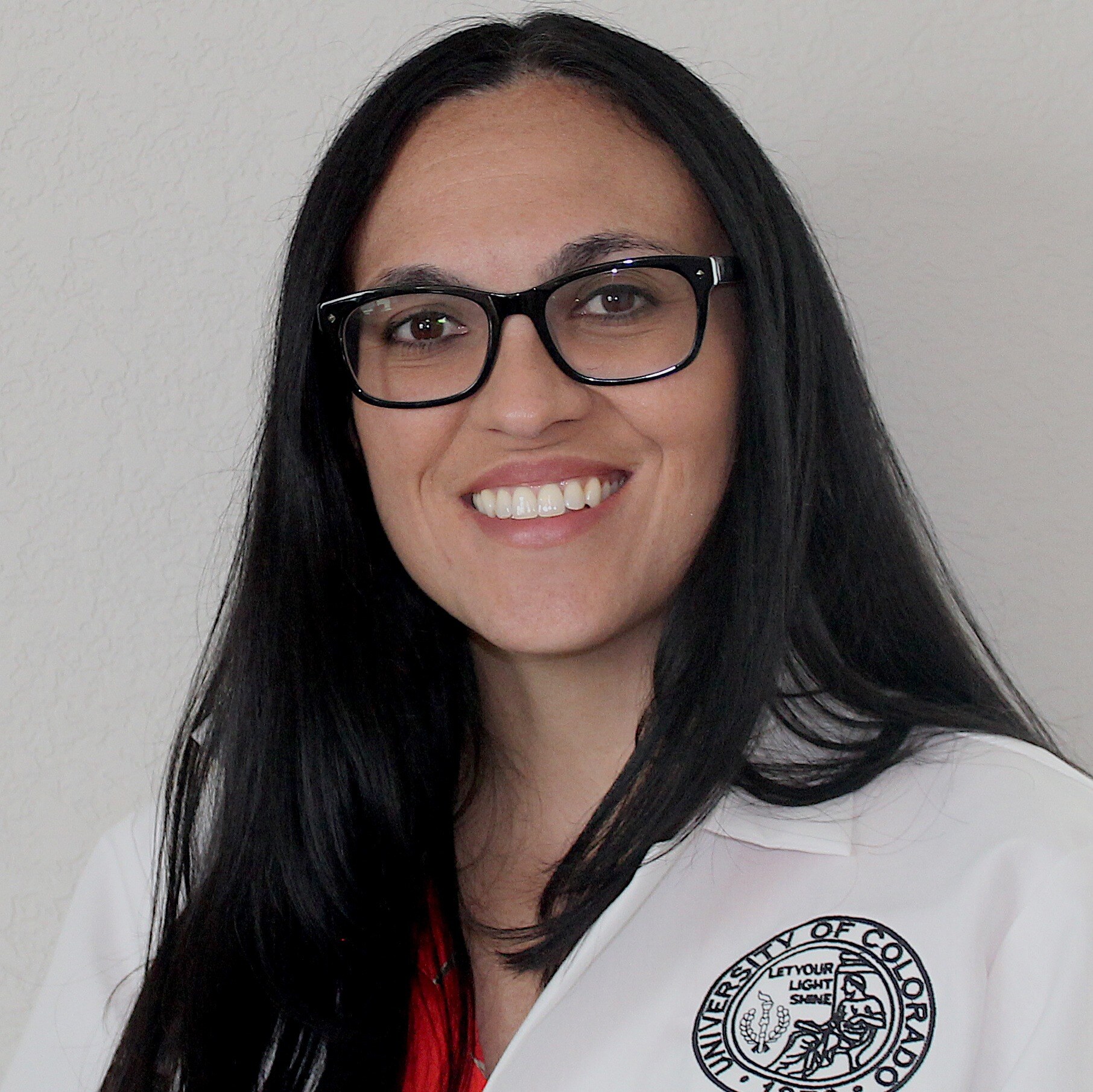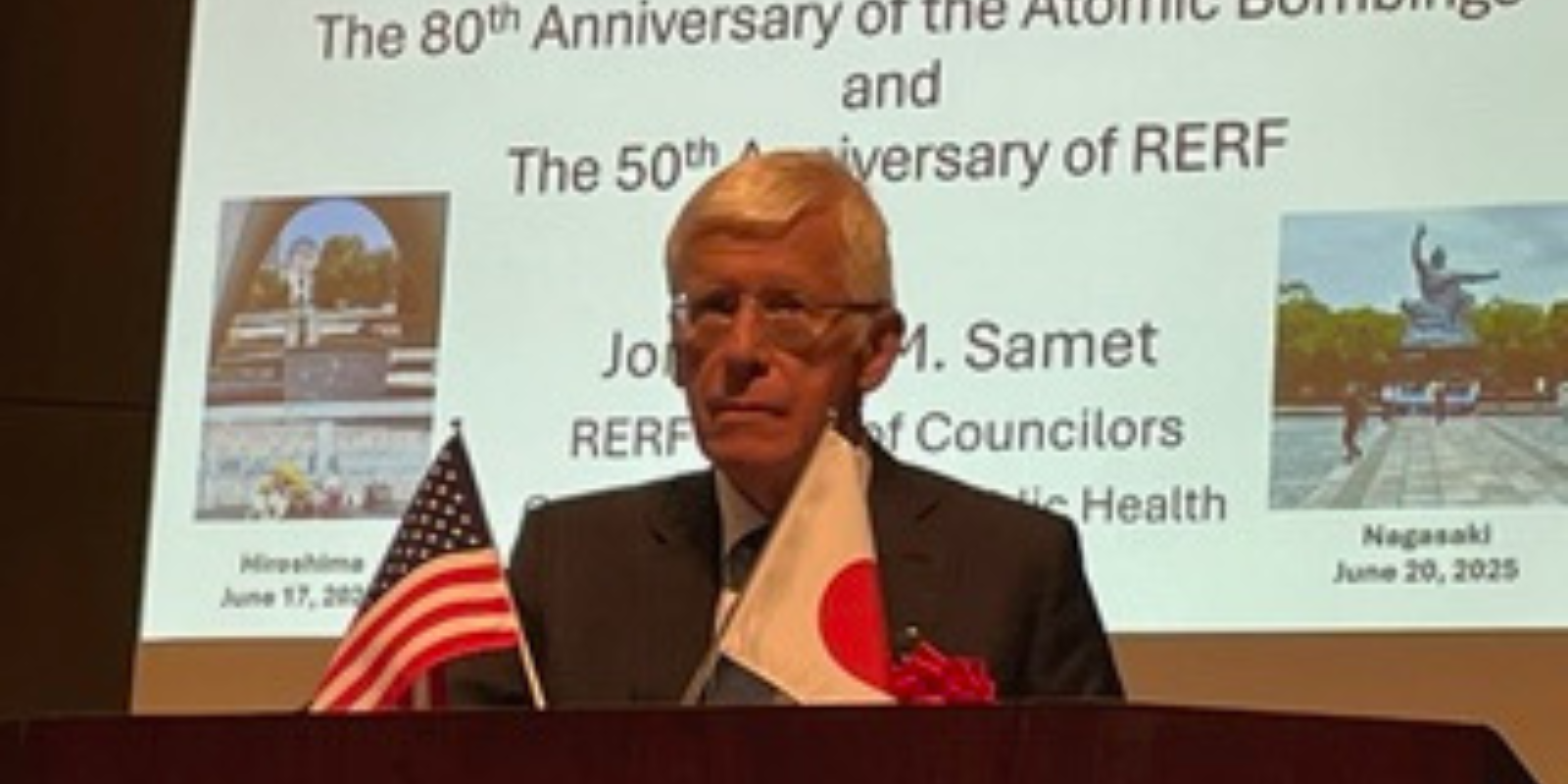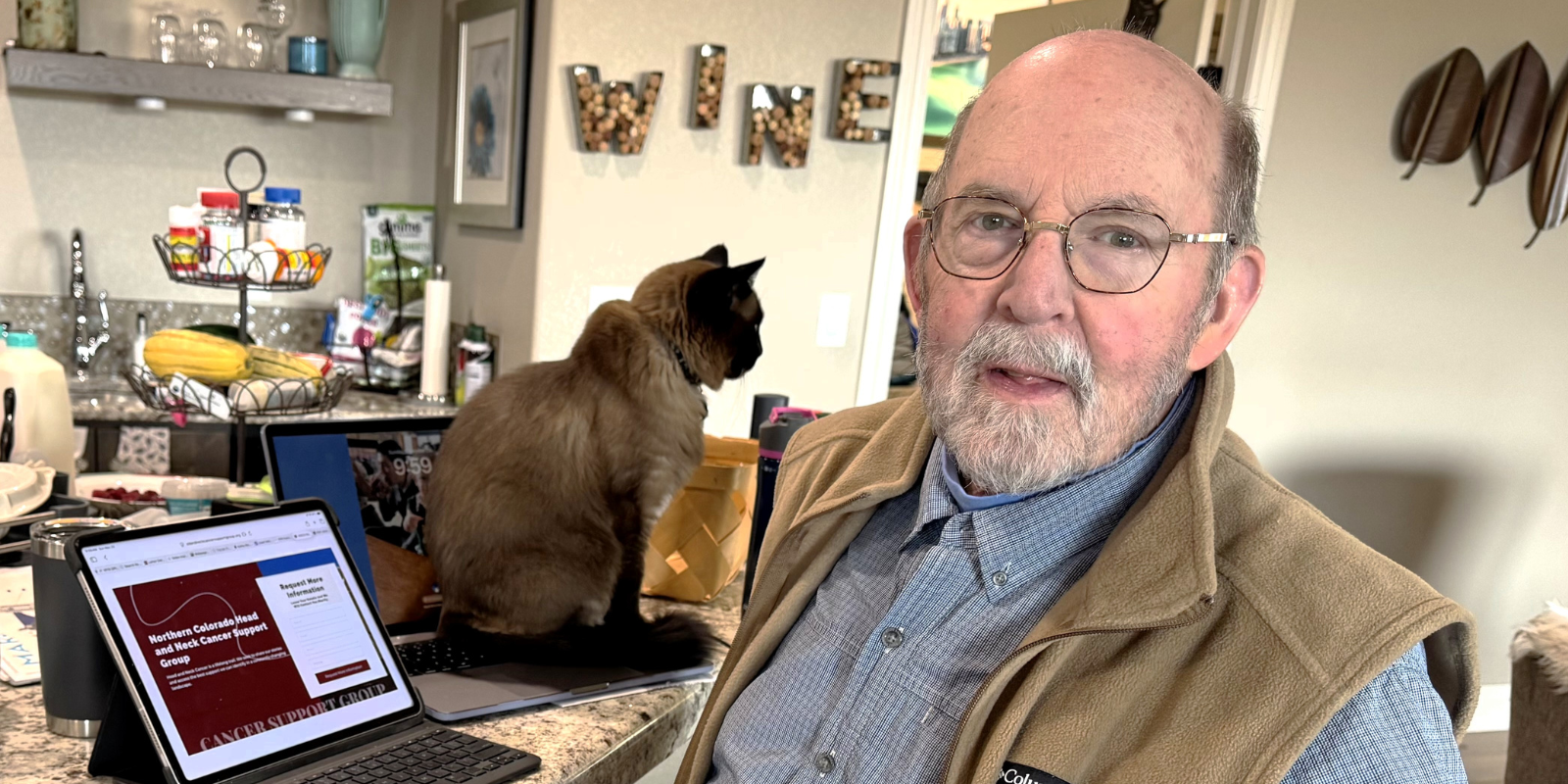University of Colorado Cancer Center leader Maria Amaya, MD, PhD, is on a quest to make blood cancers easier to understand for Spanish-speaking patients.
Amaya, the CU Cancer Center’s program liaison for Developmental Therapeutics and assistant professor of hematology in the Department of Medicine, is behind an effort to create short explainer videos — in English and Spanish — on common blood cancers including acute myeloid leukemia (AML), diffuse large B-cell lymphoma (DLBCL), and multiple myeloma (MM).
“We did a study a couple of years ago to understand the experience of our patients and how we could do better,” she says. “Some of the feedback that we got from our Spanish-speaking patients was that offering resources in different languages would be helpful for their care.”
With grants from the Department of Medicine and CU President's office, Amaya and her team create the videos in English, have the scripts professionally translated to Spanish, then create the Spanish versions of the videos. All the production is done on campus.
Focus on clinical trials
So far, the Division of Hematology has posted videos in Spanish and English on AML and diffuse large B-cell lymphoma, with a third — multiple myeloma — on the way. In each video, CU Cancer Center experts explain how the cancers form, how they’re diagnosed, and how they’re treated.
“We are also putting an emphasis on clinical trial participation,” Amaya says. “If we explain some of these diseases and what a clinical trial is, we are hoping that will be helpful for patients to make informed decisions on clinical trial participation in our division.”

Jorge Monge, MD, filming the multiple myeloma videos in February 2025.
Tracking results
The video series launched last fall, and after patients view them, they are asked to fill out a short survey indicating whether they were beneficial.
“We're also tracking the views of these videos to see how often they get seen so we can get back data and determine if this is helpful,” Amaya says. “If we get enough feedback from patients to have actual data to show that these are effective and helpful for the community, then we hopefully can get a bigger grant and make videos for every disease process.
“All the surveys we have gotten back have given really positive feedback — that it was helpful, it was educational, that they were happy with the video,” she adds. “That’s been great to see.”
Sharing out
In addition to sharing the videos with patients in the Division of Hematology, Amaya and her team are working with the CU Cancer Center’s Office of Community Outreach and Engagement (COE) to distribute them more widely.
“We are meeting with COE’s CARES (Community Advisors for Research Equity in Science) team, which works with a lot of community partners, to give us feedback on what would be the best way to disseminate this to the community,” Amaya says. “I have also shared the videos with our partners at Denver Health, which is our community safety-net hospital that sees a lot of Spanish-speaking patients. I want to find the best way to share these with other cancer centers across Colorado so that they can be a helpful resource for them as well.”




